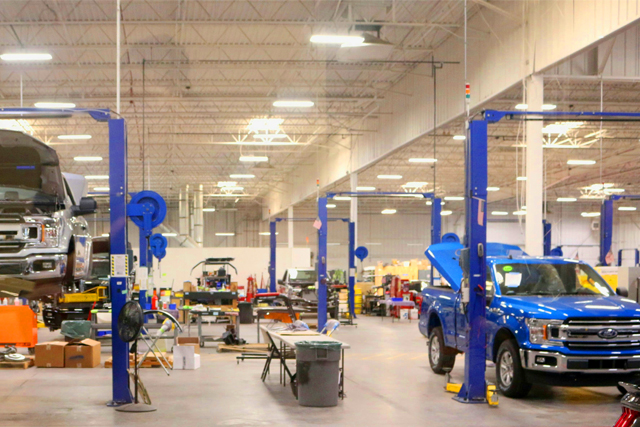
Title: Exploring GRP Applications in the Automotive Industry
GRP (Glass Reinforced Plastic), commonly referred to as fiberglass, has emerged as a versatile material revolutionizing the automotive sector. With its lightweight properties, robustness, and flexibility, GRP finds extensive use in various components, spare parts, and accessories, contributing significantly to vehicle performance, aesthetics, and durability.
Body Panels: GRP is a preferred choice for manufacturing body panels such as hoods, fenders, doors, and trunk lids. These panels offer exceptional strength-to-weight ratios, impact resistance, and the flexibility to cater to diverse design requirements. By reducing vehicle weight, GRP body panels enhance fuel efficiency and improve aerodynamics.
Bumpers: Bumpers made from GRP provide essential impact absorption and protection in case of collisions. Their lightweight nature, coupled with durability and resistance to corrosion and weathering, ensures prolonged usage without compromising safety. Additionally, the moldability of GRP enables the creation of bumpers in various shapes and designs.
Spoilers and Aero Kits: GRP spoilers and aero kits play a pivotal role in enhancing both the aerodynamic performance and visual appeal of vehicles. These components help minimize drag, increase downforce, and enhance stability, particularly at high speeds. GRP spoilers, known for their lightweight and durability, come in diverse styles and finishes to suit different vehicle models.
Interior Components: Within vehicle interiors, GRP is utilized for crafting dashboards, door panels, center consoles, and trim pieces. These components offer a blend of strength, stiffness, and aesthetic appeal, elevating the overall interior ambiance. Customizable in terms of texture, color, and finish, GRP interiors add a touch of sophistication to the vehicle's cabin.
Grilles and Air Intakes: GRP grilles and air intakes facilitate the airflow to the engine compartment while augmenting the vehicle's visual appeal. Their lightweight construction, corrosion resistance, and design flexibility make them ideal choices for enhancing both functionality and aesthetics. Moreover, GRP grilles can be molded into intricate patterns to complement the vehicle's design language.
Exhaust Systems: GRP finds application in exhaust systems, including mufflers, resonators, and heat shields. These systems offer superior corrosion resistance, thermal insulation, and reduced weight compared to traditional metal counterparts. By contributing to enhanced performance, fuel efficiency, and sound quality, GRP exhaust systems are favored by automotive enthusiasts.
Engine Covers and Shrouds: Engine covers and shrouds made from GRP safeguard the engine compartment against debris, heat, and moisture while optimizing airflow and cooling. Their lightweight yet durable construction, coupled with resistance to high temperatures and chemicals, ensures reliable engine protection. Additionally, GRP engine covers can be tailored to accommodate insulation materials and ventilation ducts for optimal performance.
Exterior Accents and Trim: GRP exterior accents and trim pieces, such as side skirts, mirror covers, and window surrounds, add flair to the vehicle's exterior while offering protection against scratches and dents. Available in various styles, colors, and textures, these components seamlessly integrate with different vehicle models, enhancing their visual appeal and aesthetic coherence.
In conclusion, GRP stands as a versatile material driving innovation in the automotive industry. Its adoption across various components, spare parts, and accessories underscores its role in improving vehicle performance, efficiency, safety, and aesthetics, thereby shaping the future of automotive engineering and design.


